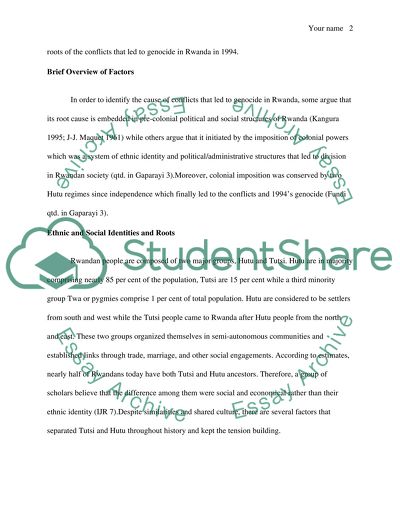Cite this document
(“Historical Roots of the Conflict Leading to Genocide in Rwanda Essay”, n.d.)
Retrieved from https://studentshare.org/history/1424756-historical-roots-of-the-conflict-leading-to-genocide-in-rwanda
Retrieved from https://studentshare.org/history/1424756-historical-roots-of-the-conflict-leading-to-genocide-in-rwanda
(Historical Roots of the Conflict Leading to Genocide in Rwanda Essay)
https://studentshare.org/history/1424756-historical-roots-of-the-conflict-leading-to-genocide-in-rwanda.
https://studentshare.org/history/1424756-historical-roots-of-the-conflict-leading-to-genocide-in-rwanda.
“Historical Roots of the Conflict Leading to Genocide in Rwanda Essay”, n.d. https://studentshare.org/history/1424756-historical-roots-of-the-conflict-leading-to-genocide-in-rwanda.


